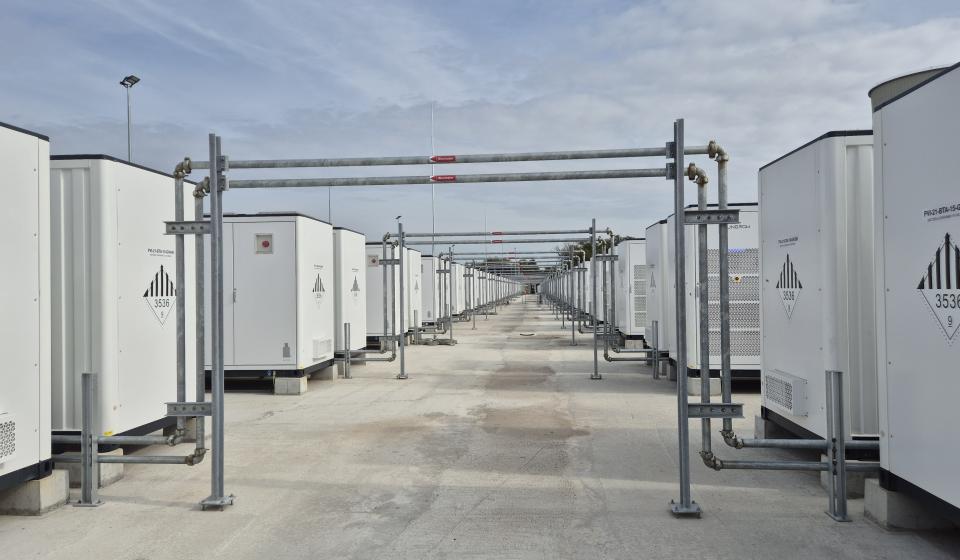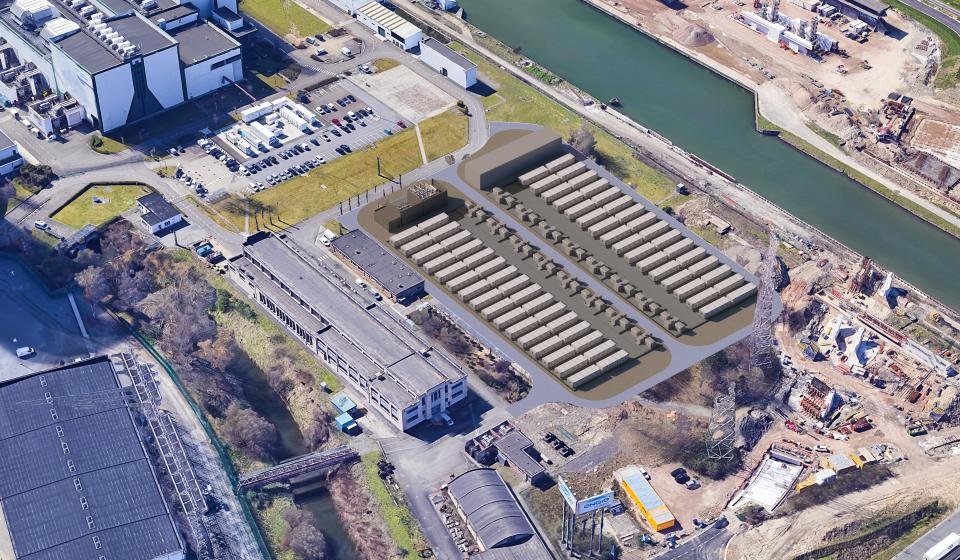Our ambition
more than 7,300 employees, the low-carbon energy system of tomorrow for an affordable, reliable and sustainable energy transition for all its customers.
As the world's leading provider of low-carbon energy and services, ENGIE, with the support of its stakeholders and partners, is committed to accelerating the transition to a carbon-neutral world and developing a diversified energy mix in which renewable energies play a key role and are set to increase significantly.
Guided by its raison d'être, the Group supports its customers in their decarbonation by developing and implementing energy-efficient and environmentally friendly solutions. To achieve this, ENGIE relies on a streamlined business model aimed at achieving the energy transition with confidence through its businesses;
- renewable energies,
- local energy infrastructures,
- centralized infrastructures,
- thermal generation and
- electricity supply.
The Integrated Report 2023 shows how ENGIE plans to accelerate its transition strategy to Net Zero Carbon by 2045.
Discover ENGIE's new strategy in Belgium: Energize 2030
Roadmap 2050
ENGIE's Roadmap 2050 describes its ambitious vision for the future of the company and the planet. With a strong commitment to energy transition, ENGIE aims to play a leading role in transforming the global energy landscape. Built entirely around sustainability, the company's 2050 strategic plan aims to significantly reduce greenhouse gas emissions by accelerating the transition to renewable energy sources, energy efficiency and decarbonation.
ENGIE also aims to develop innovative solutions to meet society's growing energy needs while protecting our environment. This 2050 Roadmap reflects ENGIE's ongoing commitment to building a cleaner, more sustainable and resilient energy future for all.
Catherine MacGregor, Chief Executive Officer of ENGIE
“The magnitude and urgency of the energy transition makes it an unprecedented challenge for Europe. At ENGIE, it is at the heart of our corporate purpose, our strategy and everything that we do. At a time when the debate on energy planning is gaining traction in Europe, we wanted to share our convictions on what we believe to be the most realistic pathway.
A successful transition means achieving net zero carbon while ensuring that the cost to citizens and businesses is kept under control, developing a robust and reliable energy system. To achieve this, we are convinced of the need to exploit all levers for decarbonization. The combination of the molecule and the electron is the answer to these challenges on a national and European scale”
The alliance between the electron and the molecule : the answer for an affordable and reliable energy transition.
Our scenario in a nutshell:
- All current levers and those under development must be activated to make “Net zero emissions” a reality in under 30 years.
- To meet European climate commitments, there is a need to step up efforts on energy conservation and energy efficiency, with the aim of achieving a 34% reduction in energy consumption by 2050.
- A very significant acceleration in the growth of renewable energies, primarily electric (wind and solar power) is essential to reach European climate targets and limit costs.
- Flexibility technologies (battery storage, pumped storage, combined-cycle gas turbines) will play a central role in the energy system in the context of the growth of renewable energies. Additional capacity of 600 GW must be developed (a circa 4-fold increase on current capacity).
- Methane will be fully decarbonized by 2050 and will play a key role in the energy transition.
- Decarbonized hydrogen and molecules produced from hydrogen (e-molecules) will play a key role in transports and for certain industrial uses. Demand for hydrogen and e-molecules – driven by the need to decarbonize heavy-duty transport and industry – will increase 8-fold by 2050 (75% for transport and 25% for the industrial sectors most difficult to decarbonize, such as steel). Almost half of this hydrogen will be produced locally.
Discover our scenario in video:
Articles and press releases

ENGIE’s battery storage project in Vilvoorde fully commissioned

ENGIE to build a new battery park in Drogenbos, expanding its battery storage capacity in Belgium to almost 400 MW

ENGIE commissions first half of the Vilvoorde battery park
